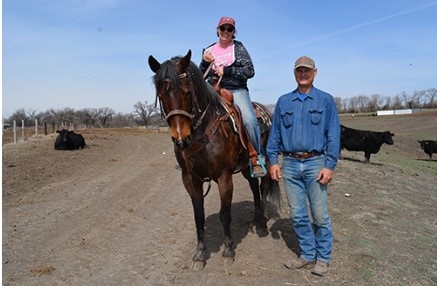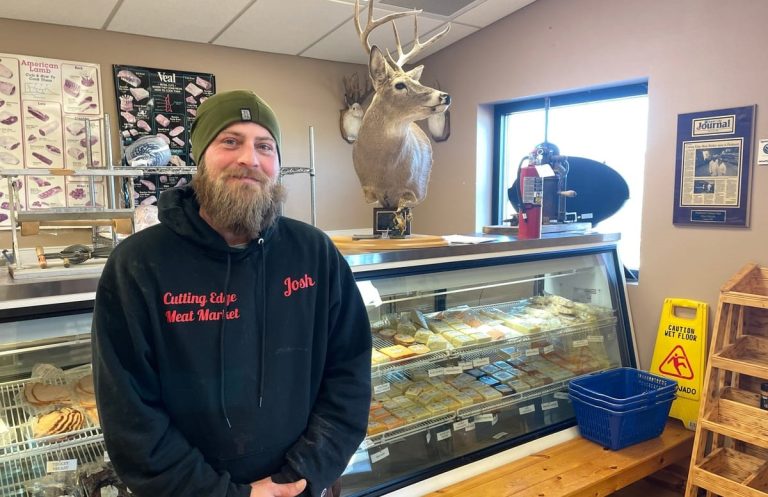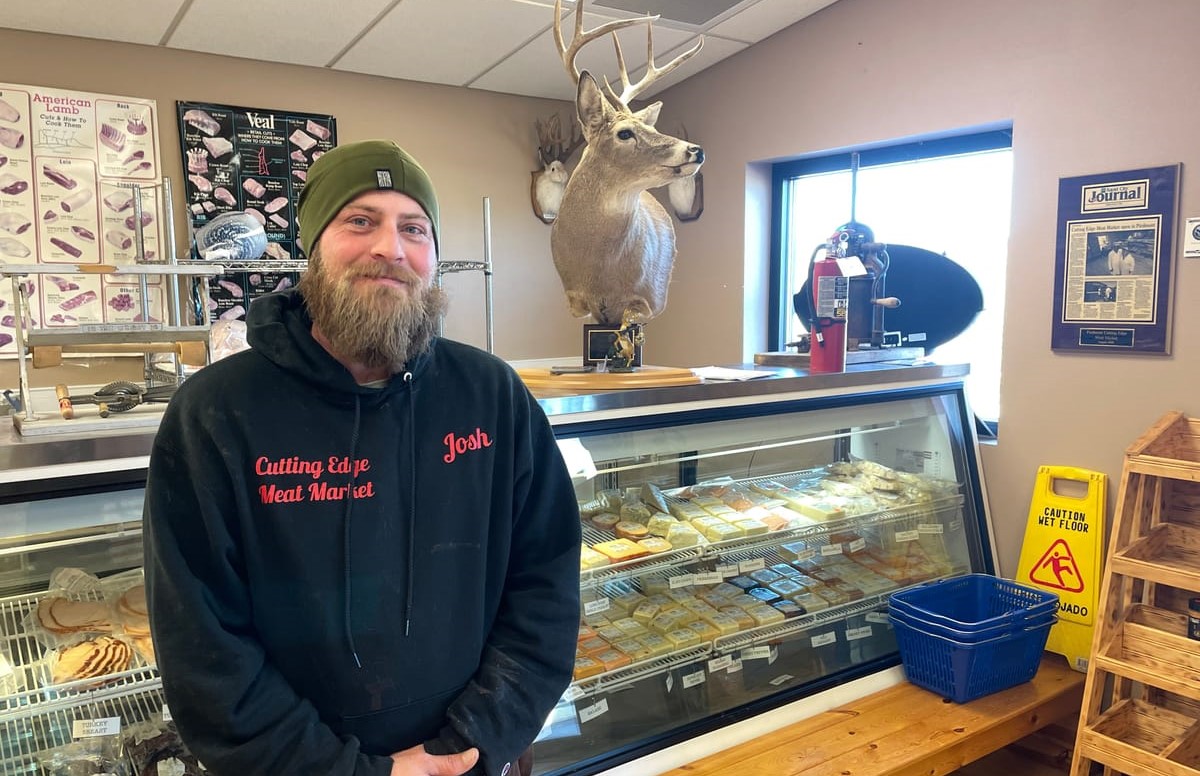WASHINGTON, D.C. – Continuing dryness in the Central and Western states and the Midwest is impacting nearly $180 billion of U.S. ag production.
Data from the American Farm Bureau (AFB) shows most of the U.S.’s top ag commodities are grown or raised in states experiencing extended dryness – like 81 percent of cattle and calves.
The data also shows extended dryness is affecting 81 percent of wheat production, 60 percent of corn, 54 percent of soybeans and 75 percent of hay. For livestock, it’s 72 percent of dairy production and 65 percent of hog production
 Photo Montana Farm Bureau
Photo Montana Farm Bureau
Over 70% of the 784 producers surveyed by AFB rated as prevalent or higher in their area: a reduction in harvest yields; increases in local feed costs linked to drought; traveling long distances to acquire feed and forage; reduced surface water deliveries; and removing animals from rangeland due to insufficient forage.
Unproductive rangelands also led many ranchers to sell off animals early, with herd size expectations down 32% across the region, AFBF said. Producers also reported reduced weights impacting animals’ final sales value.
Nearly a third of respondents rated hauling water as extremely prevalent. Access to vehicles, fuel and labor to truck water up rough terrain is limited and costly.
Farm Service Agency Administrator Zach Ducheneaux said over the summer FSA staff had conversations on the ground on how to deal with the then-spreading drought extending beyond the West and creeping into the Midwest.
During a drought tour in North Dakota, he heard growing concerns from all commodity groups including grain growers about the livestock industry and concerns on how to help them carry on. It was then he went to the drawing board to figure out if USDA may be able to offer some financial assistance to pay freight for long-distance obtaining of forage supplies.
An online tool is now available to help ranchers document and estimate payments to cover feed transportation costs caused by drought, which are now covered by the Emergency Assistance for Livestock, Honeybees and Farm-raised Fish Program (ELAP). USDA updated the program this year to include feed transportation costs as well as lowered the threshold for when assistance for water hauling expenses is available.
.












